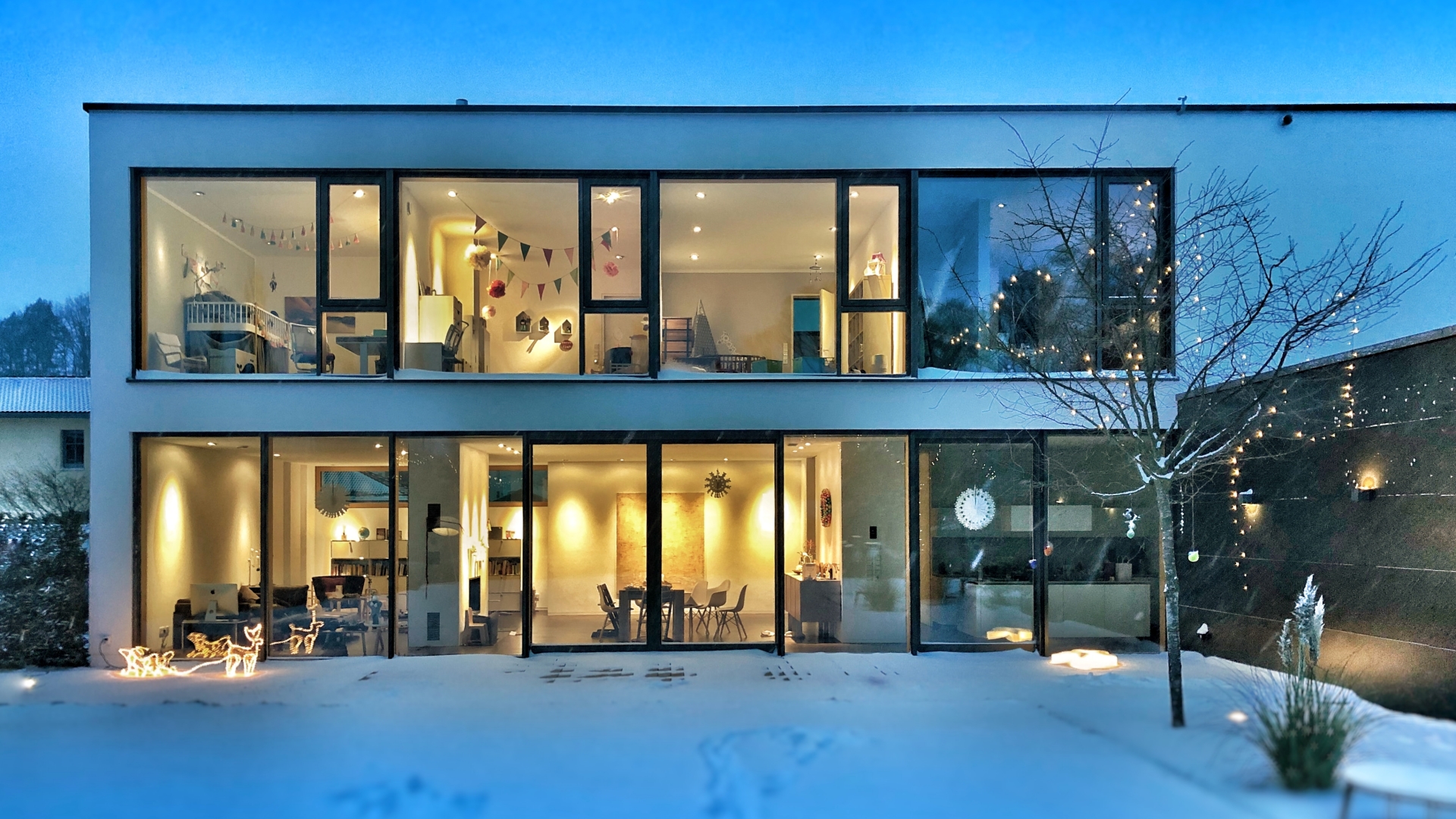In the realm of interior design, blinds play a pivotal role in both functionality and aesthetics. They offer control over light and privacy while also contributing significantly to the décor.
This comprehensive exploration delves into the various materials, styles, and installation techniques of blinds, providing valuable insights for both homeowners and interior designers.
Material Matters: Choosing the Right Fabric
Natural Materials
Natural materials, such as wood and bamboo, are favoured for their timeless elegance and environmental sustainability. Wooden blinds, in particular, bring warmth and a classic touch to any space. They are ideal for rooms where a cosy, inviting atmosphere is desired. However, they may not be the best choice for high-humidity areas like bathrooms.
Synthetic Options
On the other hand, synthetic materials like aluminium and PVC offer durability and ease of maintenance. Aluminium blinds are lightweight, corrosion-resistant, and available in a myriad of colours, making them suitable for modern interiors. PVC blinds, being moisture-resistant, are perfect for kitchens and bathrooms where they can withstand steam and splashes.
Stylish Selections: Picking the Perfect Type
Venetian Blinds
Venetian blinds, known for their horizontal slats, provide excellent light control. They can be tilted to adjust the light entering the room and can be raised completely for an unobstructed view. These blinds fit well in both traditional and contemporary settings.
Roller Blinds
Roller blinds offer a sleek, minimalist look. They are available in various fabrics, from sheer to blackout, catering to different light control needs. Roller blinds are an excellent choice for modern homes, providing a clean and uncluttered appearance.
Roman Blinds
Roman blinds are a stylish choice, creating a soft and elegant window dressing when lowered. When raised, they form neat, horizontal folds, adding a decorative element. They are ideal for bedrooms and living rooms where a touch of sophistication is desired.
Installation Insights: Techniques and Tips
Measuring Correctly
Accurate measurements are crucial for the perfect fit. For inside mount blinds, measure the width and height inside the window recess. For the outside mount, measure the width and height where you want the blind to cover, typically extending beyond the window frame.
Tools and Equipment
Basic tools such as a drill, screwdriver, and level are essential for installation. Ensure you have the correct fixings for your wall type, be it plaster, wood, or concrete.
Step-by-Step Installation
- Marking the Position: Use a pencil to mark where the brackets will be placed. Ensure they are level to guarantee the blinds hang straight.
- Fixing the Brackets: Drill holes at the marked positions and screw the brackets into place.
- Attaching the Blinds: Clip the blind into the brackets according to the manufacturer’s instructions.
Professional Installation
For complex window shapes or large-scale installations, it may be advisable to seek professional help. This ensures a secure and aesthetically pleasing outcome.
Noteworthy Brands
Among the myriad of brands available, Yewdale blinds stand out for their quality and variety. Offering a range of materials and styles, they cater to diverse preferences and requirements.
Conclusion
Choosing the right blinds involves considering material, style, and installation aspects. Whether opting for the natural charm of wood, the practicality of synthetics, or the elegance of fabric blinds, the right choice enhances both the functionality and aesthetics of a space.
With careful selection and proper installation, blinds not only serve their purpose but also add character and style to any interior.











